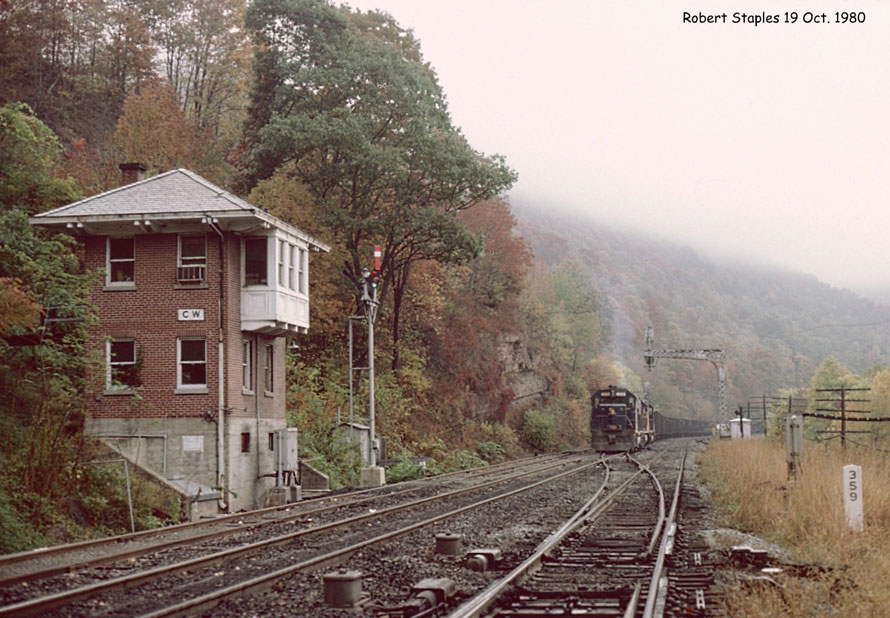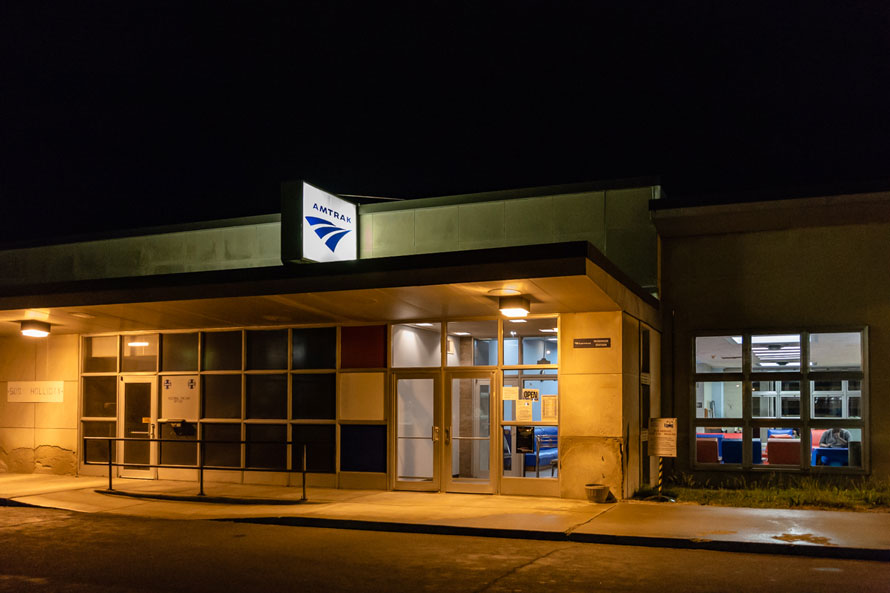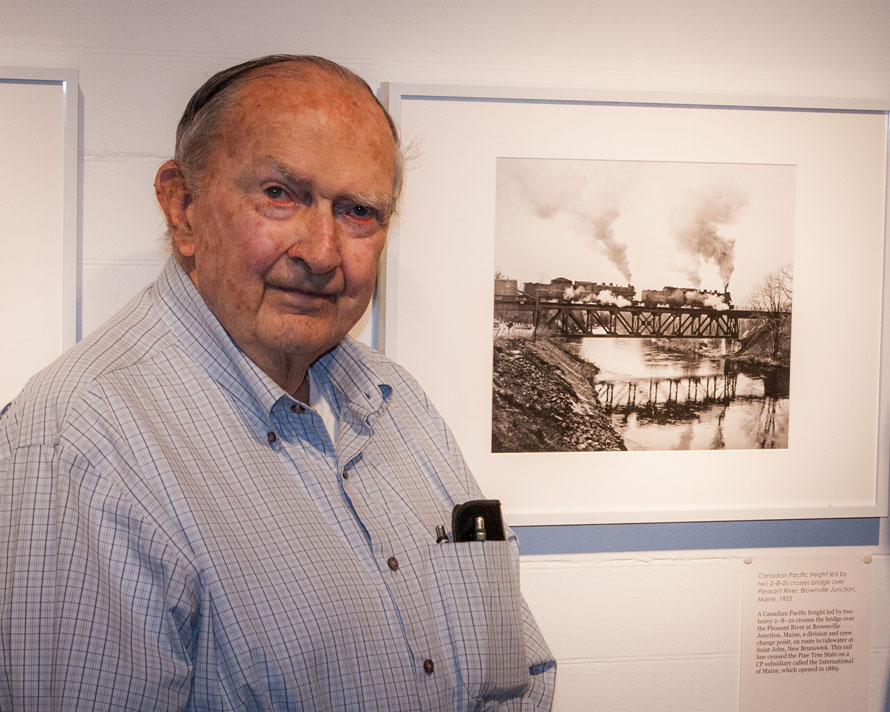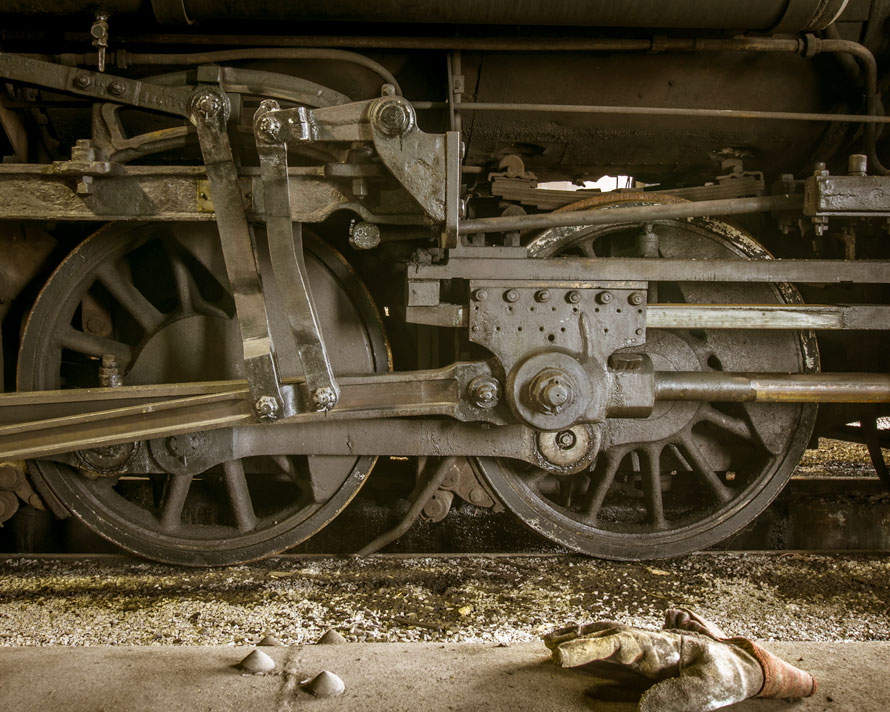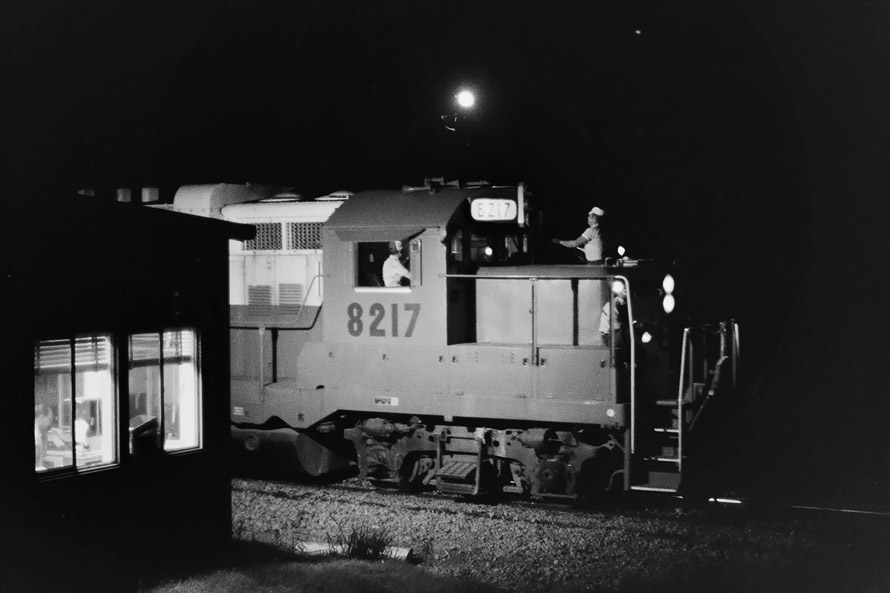
Most of us remember graduating from a Train Watcher to a Railroad Enthusiast. Much like graduating from one school grade to the next, making that transition took education and a drive to learn. Sometimes, locations served as “schools,” helping us move forward. Frequently, those schools were filled with teachers in the form of friends or family who had an interest in railroads. However, there are times when railroad employees step into that teaching role. Such was the case with my “graduation” from Train Watcher to Railroad Enthusiast.
